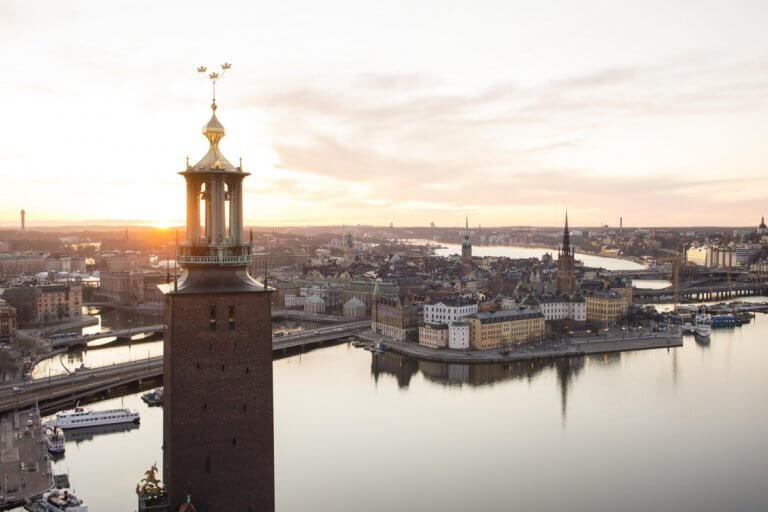
The reality of the modern employment market sees talent, ambition and creativity take on a central role. Straight-A-achievers are no longer first in line for the most desirable jobs.
Instead, today’s employers actively seek candidates who demonstrate confidence and ‘soft-skills’ – traits more commonly drawn from graduates of the arts and humanities, and a powerful mix when added to the expertise drawn from a business education.
Flip the tables and you’ll find that millennials – a generation who now form the largest global workforce – increasingly seek the ideal work-life balance. This has spurred a whirlwind evolution within the working world, with traditional corporate roles in fields like finance, accounting and business witnessing dramatic changes, too.
A seamless balance of the arts with key economic principles is the best bet for success at the regional, national and even international level. As such, business- and finance-based schools that recognize and adapt to these fast-moving changes will feed a future that’s both connected and creative.
Institutions like Stockholm School of Economics (SSE) – one of Europe’s leading business schools ranked 40th in the world for economics and econometrics, 30th in the world for its Masters in Management and 19th in the world for its Masters of Finance- undoubtedly lead this change. But as an institution that promotes an education fundamentally based on scientific research and fact, this EQUIS-accredited school with links to esteemed networks like PIM, APSIA and CEMS, helps students acquire soft skills with globally-recognized and reputed academics.

Source: Stockholm School of Economics – Mikael Olsson
“Beyond concrete skills, we at Stockholm School of Economics inspire our students to question the status quo and drive change,” says Lars Strannegård, President of the School. “Not only do we equip them to become savvy, intelligent and ambitious people; we urge them to go beyond their limits to improve our world.
The SSE Art Initiative is at the vanguard of the arts and economics crossover, striving to establish transboundary knowledge exchange, production and transfers through art and the humanities. Housed in a university that drives change and encourages talent to flourish, SSE’s Art Initiative makes art exhibitions and symposiums directed at researchers, students and the public at large.
The school itself is built on the fundamental principles of science. This objective, systematic perspective empowers SSE students and staff with the knowledge needed to decode convoluted economic and societal phenomena. Using tools for measurement, data collection and rational analysis, SSE and all its representatives are able to decipher an increasingly complex world.
“Art has the capacity to generate sensuous experiences, provoke and inspire through artistic tools,” the institute explains. “In combination with the humanities it enhances our ability of critical thinking, and conveys a further understanding of ourselves and societal context,” it adds.
“Art Initiative acknowledges art as a valid knowledge base in its own right. By actively integrating art and humanities in the economic context of SSE and in the public debate, we aim at making SSE and society more knowledge intensive.”

Source: Stockholm School of Economics – Mikael Olsson
Striving to refine a more comprehensive view of humanity and our surrounding environment, the SSE Art Initiative fosters collaboration with Sweden’s most cutting-edge creative institutions, including Moderna Museet, Tensta Konsthall and Magasin III; as well as academic organisations like the Royal Institute of Art, the Royal College of Music, KTH School of Architecture and Södertörn University, plus an invaluable network of local artists and galleries.
But the Initiative also works alongside SSE’s Center for Arts Business and Culture, investigating the role of aesthetics and the arts in our economy. Activities at the Center consider how experiences, emotions, stories and symbols are used to boost economic value.
Work here forms the basis for brand-new initiatives and discussions, constantly seeking to integrate art and the humanities into every level of higher education.
This intricate balance between the arts and economics means SSE and its graduates are progressive and forward-thinking, perfectly fitting the mould for what a creative and connected modern world requires.
Follow SSE on Facebook, Twitter, YouTube, Instagram and LinkedIn
Liked this? Then you’ll love…
Stockholm School of Economics: A cut above the rest
Student Stories: What it’s like to study Finance at Stockholm School of Economics







